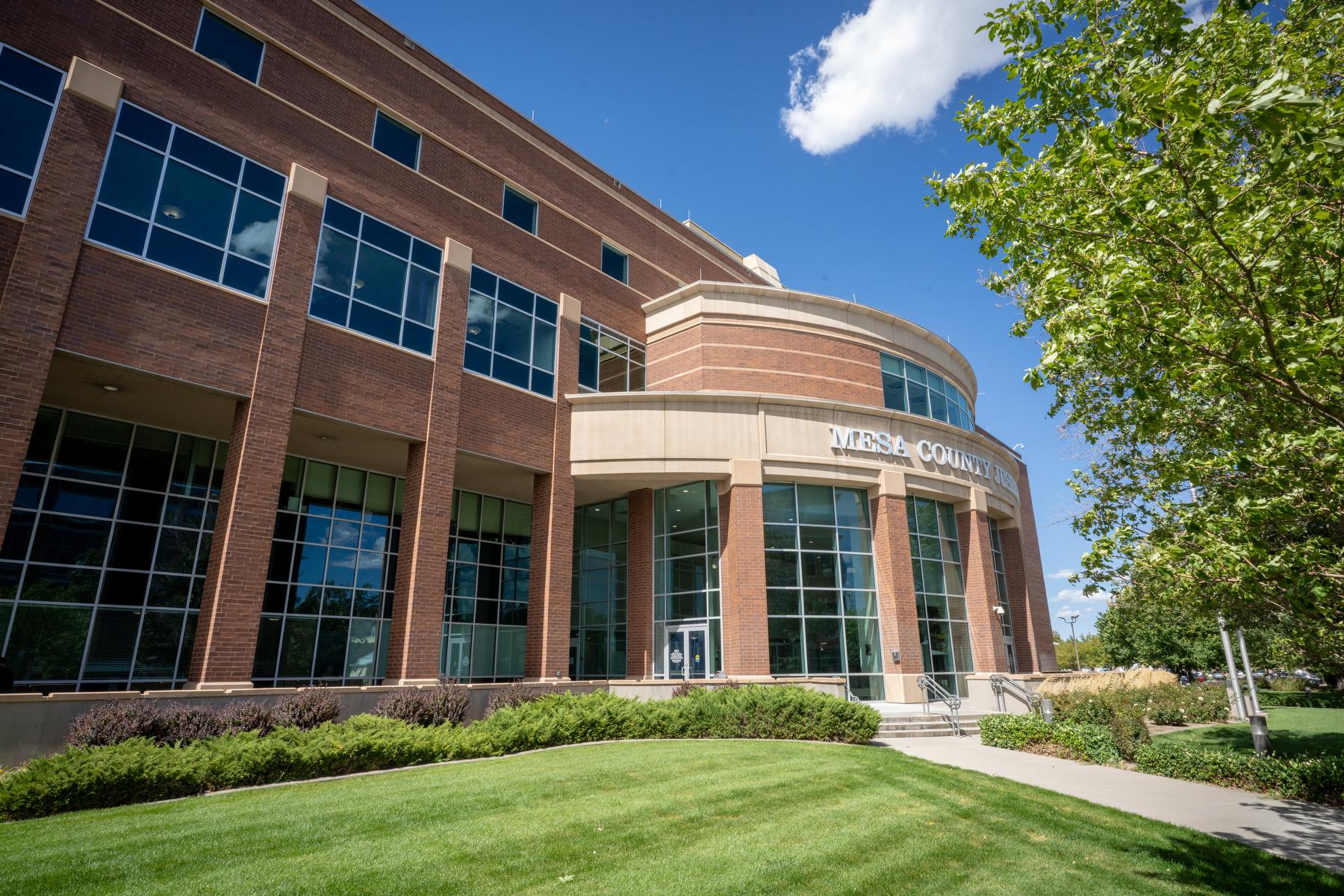
When schools across the state abruptly closed last spring due to COVID-19, the sudden foray into online education was not universally celebrated, to say the least.
“Honestly, it was a disaster,” Denver parent Katy Kissler said. “The online part of the remote learning didn't work for us at all and we just completely abandoned it.”
Now online learning is back. More and more Colorado school districts are deciding not to open for in-person learning this fall, at least for a while.
But there are things teachers and parents can do to make it go more smoothly, according to Sean Michael Morris, who teaches at the School of Education and Human Development at the University of Colorado Denver.
- What Do Kids Miss About In-Person Learning? Play, Their Teachers And Real Learning
- Colorado School Districts Say They’re Ready To Roll. But Surveys Show Widespread Anxiety Among Teachers About Reopening
- How Will Denver Public Schools Handle Equity In Online School, And Four Other Back-To-School Questions
- What Teachers And Parents Are Saying Ahead Of Colorado Schools Reopening
- What Is Cohorting? And Is It The Cure For Colorado’s Coronavirus School Worries?
Morris has studied online education for 20 years and runs an annual gathering for international educators called the Digital Pedagogy Lab. But he admits the field wasn’t quite ready for the rush into online learning.
“And it's not something that I would ever hope for honestly,” he said.
Still, Morris hopes that when traditional classrooms open again, teachers, students and parents remain open to the promise of online learning.
“My hope is that we will have learned the ways in which technology can enhance learning, technology can deepen learning, and that it can provide alternatives for students whose learning may be different,” he said. “It is a really great creative space for teachers and learners alike.”
Tips for Teachers
- Be creative: “Figure out ways to allow students to leave the computer behind and go do something else in the world. Now, when I say in the world, of course, that's complicated because of COVID right now. But you can do things in the house. You can have kids do other kinds of activities and play games. There's all sorts of learning that can take place that's away from the computer. I think that that's probably the way to make it the most engaging.”
- Reach out to your students: “Try to find a way to connect with them individually, if you possibly can, because sometimes they just need to hear the teacher's voice and that helps them feel connected again to their learning.”
- Be confident: “You know what you're doing as a teacher. You are capable of making this work.”
Tips for Parents
- Relax the schedule: Especially if their classes don’t meet in real-time, “don't expect your kid to necessarily wake up early, start the day, take a shower and get dressed as though they were going to school. Be flexible.”
- Support young kids: “If you have a kindergartner who's trying to learn online, chances are you're going to have to be really hands-on because they can't just sit in front of the computer and actually do the sort of work.”
- Give older students their independence: “For middle school and high school, I think less hands-on is probably better. Let students be, so they can develop autonomous skills as much as they can. Let them figure out their own time during the day when they're going to do homework. That's actually a really wonderful benefit of the asynchronous piece. Students can say, ‘Oh, you know what, I'm ready to go do that. I can go do my social studies homework now.’”








